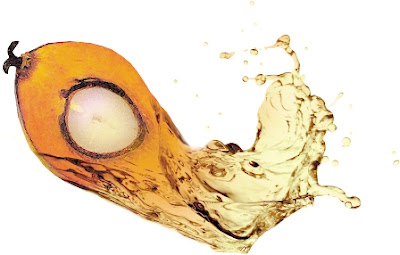 |
| Biofuels |
What are Biofuels?
Biofuels are energy sources made from living things, or the waste that living things produce. Supporters of biofuels argue that their use could significantly reduce greenhouse gas emissions; while burning the fuels produces carbon dioxide, growing the plants or biomass removes carbon diozide from the atmosphere. Detractors claim that biofuel production poses a major threat to global food systems and the natural environment.













